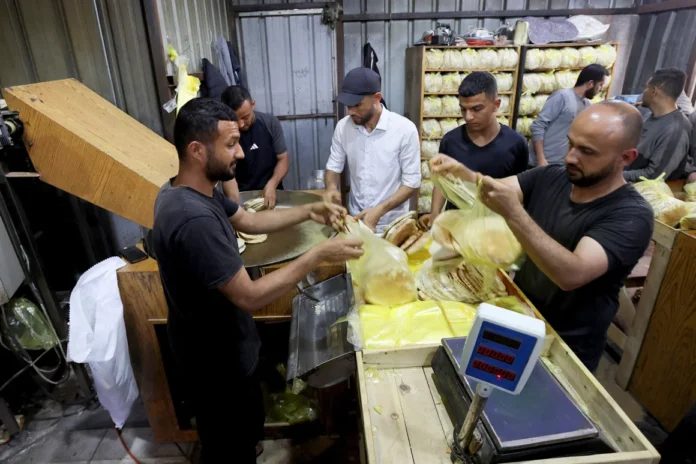
For the first time in over 11 weeks, limited humanitarian aid began flowing into Gaza on Wednesday, bringing a glimmer of hope to a population facing an escalating humanitarian catastrophe. However, United Nations officials and aid agencies have cautioned that the deliveries are grossly insufficient and failing to meet the needs of the besieged enclave.
More than 90 aid trucks carrying flour, baby supplements, and other food items entered southern Gaza, with the aim of alleviating severe shortages that have pushed much of the population toward the brink of famine. Tom Fletcher, UN Under-Secretary-General for Humanitarian Affairs, called Thursday a “crucial” day as more convoys were expected.
Despite the long-awaited movement of aid, the UN Office for the Coordination of Humanitarian Affairs (OCHA) reported that supplies are “nowhere near enough” to address the scale of suffering. Catherine Russell, head of UNICEF, said on social media that the limited aid has yet to reach the most desperate, adding: “We’re running out of supplies inside Gaza, and we’re running out of time.”

Palestinian workers prepare bread in a bakery that returned to operation after being closed due to a flour shortage, in Deir Al-Balah, in the central Gaza Strip, May 22, 2025. (Courtesy)
Israel had barred all humanitarian aid since March 2nd, citing concerns that Hamas was diverting resources for profit. The recent deliveries come amid mounting international pressure and a controversial new aid distribution plan backed by the U.S. and implemented by the Gaza Humanitarian Foundation, a plan UN officials deem inadequate.
In the south, bakeries are slowly resuming operations with the newly arrived flour. Yet desperation among residents remains high, two aid trucks were reportedly looted on Wednesday. “The prolonged deprivation has made the situation extremely volatile,” said UN spokesperson Stephane Dujarric, noting that aid routes remain a point of contention between Israeli authorities and humanitarian agencies.
Fuel and hygiene products remain blocked, exacerbating health and sanitation challenges. The water crisis continues to deepen, particularly in Al-Mawasi, where displaced civilians have little access to clean water due to the lack of infrastructure.
Meanwhile, Israeli military operations are intensifying, forcing mass displacement. OCHA reports that 80% of Gaza’s population is either under evacuation orders or located in active conflict zones. “There is an extreme lack of shelter space,” the agency said. “Displacement sites and residential buildings are very overcrowded.”
The healthcare system is nearing total collapse. Hospitals such as Kamal Adwan and the Indonesian Hospital in northern Gaza have ceased operations, while Al Awda hospital was struck by an Israeli attack. Only a single Red Cross truck carrying medical supplies reached Rafah, a fraction of what’s needed to stabilize services.
With Gaza’s civilians caught between dwindling aid and ongoing conflict, the coming days could prove decisive. “The humanitarian needs far exceed the current response,” warned the International Committee of the Red Cross. “The world must act before it is too late.”
Written By Rodney Mbua


















